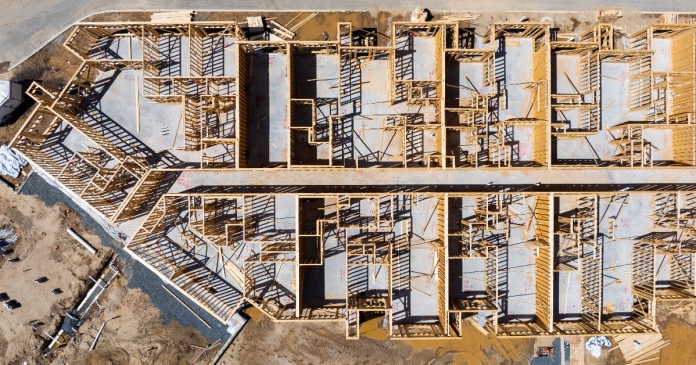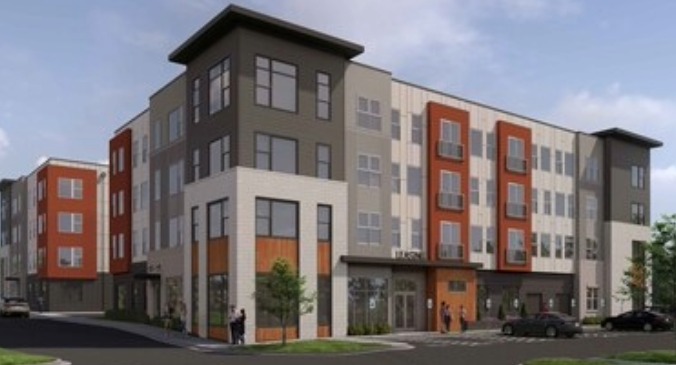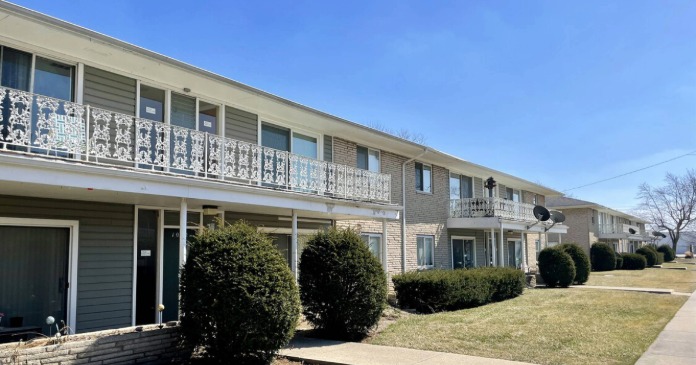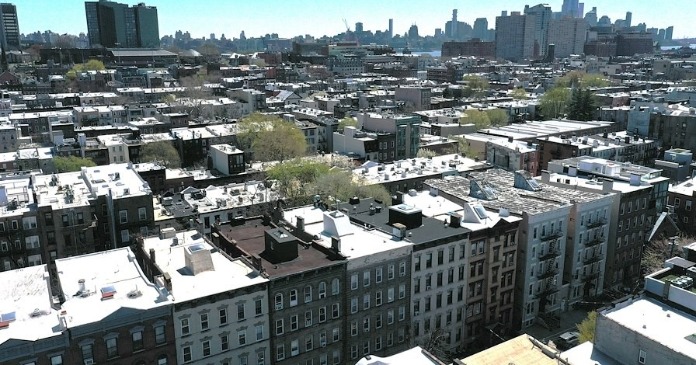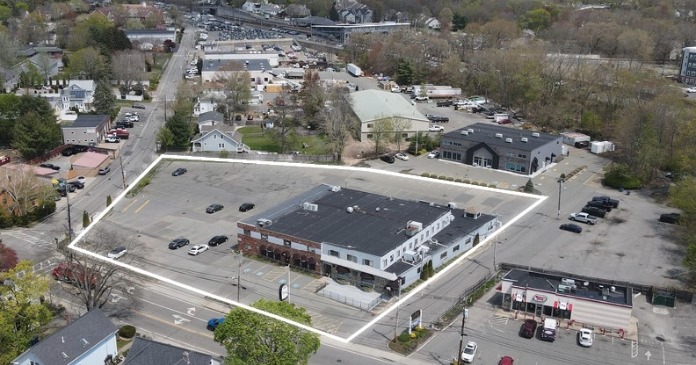Demographic shifts—the impact of retiring baby boomers and the rise of the Millennial generation—will likely have the most significant impact on real estate near- and long-term, according to CRE’s 2015-16 Top Ten Issues Affecting Real Estate, a list it compiles annually. Demographic shifts rose to the top of this year’s list because of the sheer numbers of people and transactions involved in the evolving needs of both groups in coming years, and the far-reaching effect these will have on real estate across all sectors.
Noah D. Shlaes, senior managing director, Global Corporate Services, Newmark Grubb Knight Frank, and CRE, 2015 chair of The Counselors of Real Estate, announced the list.
“This list reflects a higher degree of economic uncertainty than in years past,” Shlaes said. “Anticipation of rising interest rates, continued currency devaluation, and excess capital flowing into the United States are all on the minds of our membership. Combine this with a growing wage gap and major changes in demographics, and we’ve got a lot to think about this year.”
Top ten issues effecting real estate
- Demographic shifts: Two key groups— large numbers of retiring baby boomers (born between 1946 –1964), and the next large population wave, the Millennials (born between 1980 – 2000)—will have the greatest impact on real estate through the lifestyles they choose in coming years. This casts a spotlight on housing in all its forms: for seniors, the homes in which they choose to age-in-place, downsized homes, senior communities or assisted living; for Millennials, the decision to buy or postpone buying, and location most often being driven by amenities, such as urban walkable communities. The real estate and service sectors targeting each group are adapting, too—medical facilities, retail, office and entertainment venues, to name a few; as well as infrastructure and distribution. Overall, demographic shifts will drive decisions across virtually all real estate sectors this year and for the foreseeable future.
- Excess capital supply: Funds continue to flow from outside the U.S. to purchase U.S. real estate. The supply is driven by economies that have high savings rates, a shortage of mature financial markets and few safe assets. The investment rate is approaching record highs, presenting the potential for pressure on investments in the future. While investment in major cities continues, some non-gateway and edge cities are also experiencing higher levels of investment. Multifamily continues to be very attractive, but investment is not limited to commercial property—residential investment is on the rise, as another form of the secure, transparent asset class that makes U.S. real estate attractive.
- Rising interest rates: Interest rates have been at near-historic lows—and the general view is that they will stay that way, for a while longer. But savvy investors and homebuyers alike are preparing for rising rates. When it happens, it will devalue future cash flows, thereby devaluing assets. An interest rate rise could spur short-term commercial development and slow home sales. Rising rates will cause higher mortgage payments, thereby decreasing homebuyers’ choices. But if Millennials jump in and buy before interest rates rise too far, it could create a second wind for the residential market.
- Global instability and currency devaluation: The U.S. dollar remains strong—but the global economy is being affected by currency devaluation in many other countries. Investment from non-U.S. sources helps fuel the U.S. real estate market, but event risk should be considered—”hot spots” of conflict are continually in the news, as is cyber security—and the global economy is psychologically linked.
- Urbanization: Urban population growth is a global phenomenon. An increasing desire to reside in “live-work-play” and “walkable” communities is not limited to young professionals; older generations are also drawn to such locations, which affects housing choice for all age groups. Shopping malls must adapt; many have skewed to one of two successful models—luxury or discount offerings. Urban vertical shopping configurations are gaining traction. Some suburbs are feeling residential pressure, with home resale not easy when younger families don’t want the kinds of homes that are in plentiful supply from a past generation of suburbanites. The past few years have also seen a rise in corporate relocations to cities from the suburbs as a strategy to attract younger, urban professionals.
- Energy: Oil price drops this year due to increases in non-U.S. oil production have negatively impacted large and small U.S. producers. Workforce reductions, and the associated decrease in residents’ buying power—while primarily occurring among workers in oil exploration and production— impacts the greater community, from retail to housing to professional services. Last year’s boom towns are now the opposite; the length of this duration is unclear. As a result, alternative energy forms are becoming more attractive. Investors are rethinking their energy investment plans, but the high demand for energy in Japan may change the dynamics.
- The gap between rich and poor: because income inequality is widening worldwide, this issue deserves a close look relative to real estate. On the commercial side, it drives new opportunities to serve diverse markets with discounted retail offerings, while at the same time, contributing to a rise in luxury retailers. There are also development opportunities in high-density multifamily and affordable housing, and in “placemaking”—which can transform a vacant lot or an undesirable neighborhood into an appealing urban destination to serve diverse populations. Yet the gap has arguably impacted purchasing power, diminishing housing choices and home ownership —and contributed to the delay in new household formation among Millennials and certain immigrant groups. The shift from home ownership to renting, and a decline in local small business ownership, contributes to fewer jobs and a lack of investment in communities, increasing the potential for the social unrest, we are seeing in cities and towns throughout the world.
- Infrastructure: The condition and development of U.S. infrastructure lags behind a number of other countries. Aging roads, bridges, and power/gas/water lines no longer satisfy the needs of a highly connected populace, let alone businesses and world economies. Communities and cities do not have the available capital to invest in infrastructure. Public/private partnerships may be the answer. However, in the short term, adaptive reuse is often constrained. This impacts existing buildings and entire neighborhoods, where energy or water infrastructure cannot be readily improved. Development, too, can be limited because existing streets and bridges cannot accommodate increased traffic flow if denser housing or mixed-use development are built. The situation is further complicated by citizens unwilling to live in locations where the distance is too great to travel to work or shopping on crowded roads in disrepair.
- Real estate technology and crowd funding: Real estate is one of the most dynamic sectors for technology innovation, positioning the real estate industry for disruption. While venture capital has poured into real estate technology startups, crowd funding could increase opportunity for smaller investors, as well. Diverse audiences, including investors and lenders benefit from new technology, as it speeds information gathering and expedites transactions. Technology has also dramatically changed the way real estate professionals do business.
- The changing retail model: The retail sector faces continued challenges. Merchandise offerings are subject to the preferences of demographic groups in transition. The sector is skewered by decreasing consumer purchasing power, often hampered by aging infrastructure, subject to steep declines in spending if an adverse event (think terrorist attack or cyber security breach) occurs. And yesterday’s best location may be today’s or tomorrow’s worst as urbanization draws more households into cities. On the bright side, despite steady increases in online shopping, there is still a role for physical presence, where shoppers can browse and try products. Retailers that incorporate e-commerce elements, including fast delivery options, are well positioned, at least in the short term. There is continued pressure on existing properties to keep occupancy strong and adapt logistics. Store sizes—particularly within live/work/play, walkable, and transit-oriented developments—are shrinking, but many of the attractive amenities of such urban shopping districts are now being incorporated into suburban shopping areas.




